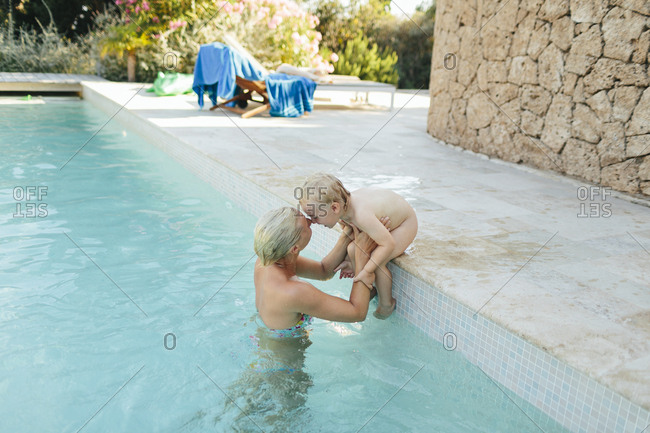

Through ignorance and indifference, they frequently featured no one of black, Asian, mixed or any other ethnic minority heritage from cover to cover, while advice on makeup, skin care, hair styles and products was unfailingly irrelevant to us. Yes, I bought Just Seventeen, More, Marie Claire, Elle and Vogue, but the fact that I – and thousands of other women and girls of colour like me – spent our money on glossies did not mean they catered for us. As a mixed-race girl growing up in Britain in the 1990s, I might have still been in the era of empire, as far as my relationship with popular magazines was concerned. An illustration of Queen Victoria’s bust, surrounded by stylish women behaving as domestic role models, was credited with propelling Mrs Beeton’s The Englishwoman’s Domestic Magazine to bestseller status in 1857, earning it “more patrons than any other magazine in the Empire”, one newspaper said.


W omen’s magazine editors have always understood the importance of a good cover.


 0 kommentar(er)
0 kommentar(er)
